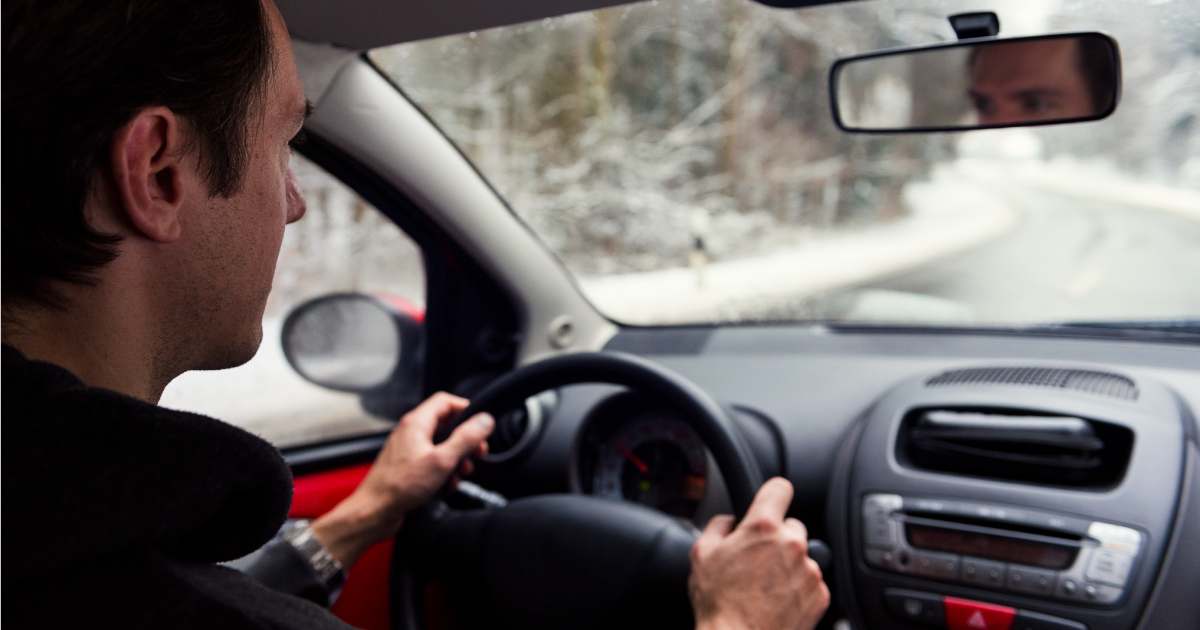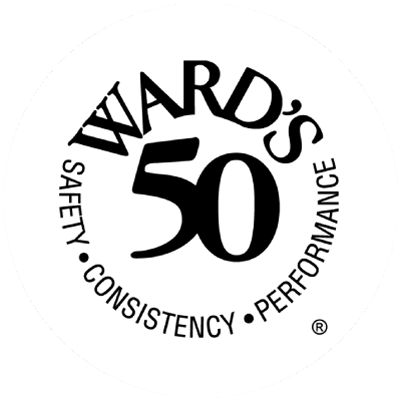Driving in rough winter weather can be a challenge, a few steps can help keep you safe.
Make Sure Your Car is Winter Ready
- Keep your gas tank full, as a full tank will keep the fuel lines from freezing and prepare you in case of power outages or evacuation.1
- Take your car to a mechanic and ask for a winter check, asking them to check antifreeze, battery and ignition system, brakes, heater and defroster, windshield wiper equipment and washer fluid level, among others.
- As the outside temperature drops, so does tire inflation pressure. Make sure each tire is filled to the vehicle manufacturer’s recommended inflation.2
- Inspect your tires for damage that may require replacement. If you are unsure, take your vehicle to a tire professional.
- If you are using snow tires, have them installed in the fall before any snow falls.
General Rules for Driving in Winter
- Do not drive during ice or snow storms unless it is absolutely necessary.3
- Plan to stay off the road when authorities issue advisories, watches, and warnings.4
- If you must drive, first clear the ice and snow from your vehicle, including the headlights taillights, windshield wipers, all the windows and the tailpipe. License plates should be visible.5
- Allow your defrosters time to work before driving.
- Turn on your headlights when you turn on your windshield wipers.
- Slippery spots may remain after snow is removed.
- Let someone know your destination, route, and expected arrival time.6
- Check the weather, road conditions, and traffic before leaving.
Driving on Ice
- Use extreme caution on bridges and overpasses, which typically freeze first and melt last. Even if the roadway leading up to a bridge appears to be fine, use caution as the bridge itself could be covered in a sheet of ice.7
- Be aware of black ice, which blends in with its surroundings. Pavement with black ice will be slightly darker and duller than the rest of the road surface.8
- Never use cruise control during winter driving.9
- Drive, turn and brake slowly, adjusting speed to road conditions and leaving plenty of stopping room.
- Avoid unnecessarily changing lanes.
- Watch for brake lights, emergency flashers, fishtailing or cars that are sideways
- Be careful braking on ice. Try to brake in advance and control the skid by easing off the accelerator and steering in the direction you want the car to go.
- If you have antilock brakes, do not pump the pedal.
- For drivers without antilock brakes, keep your heel on the floor and use the ball of your foot to apply firm, steady pressure.
- Get a feel for how your car handles on snow and ice.
Difficulties On the Road
- If you are stranded in your car on a highway, remain in your vehicle until help arrives.10
- If you are stranded on a remote road, use items around you to get attention for help.
- Don’t overexert yourself.11
- Put bright markers on your car or window and keep the interior dome light on.12
- If it becomes hard to control the car, pull over, stop the car and set the parking brake.
- Don’t run your car for long periods of time with the windows up or in an enclosed space, as this can lead to carbon monoxide poisoning.13
- Clear the exhaust pipe of snow and ice, running it only sporadically to stay warm.
Emergency Supplies for Your Car
- Snow shovel, broom and ice scraper14
- Jumper cables
- Flares or a reflective triangle and a flashlight
- Car cell phone charger
- Blanket
- Cat litter or sand for tire traction
- Water, food and needed medications (for longer trips or when driving in lightly populated areas)15
Sources:
1, 14. Ready.gov
2, 6, 11, 15. NHTSA
3, 5. New York DMV.
4, 10, 12. FEMA
7, 9. Cars.com.
13. NHTSA (Emergency Driving)



